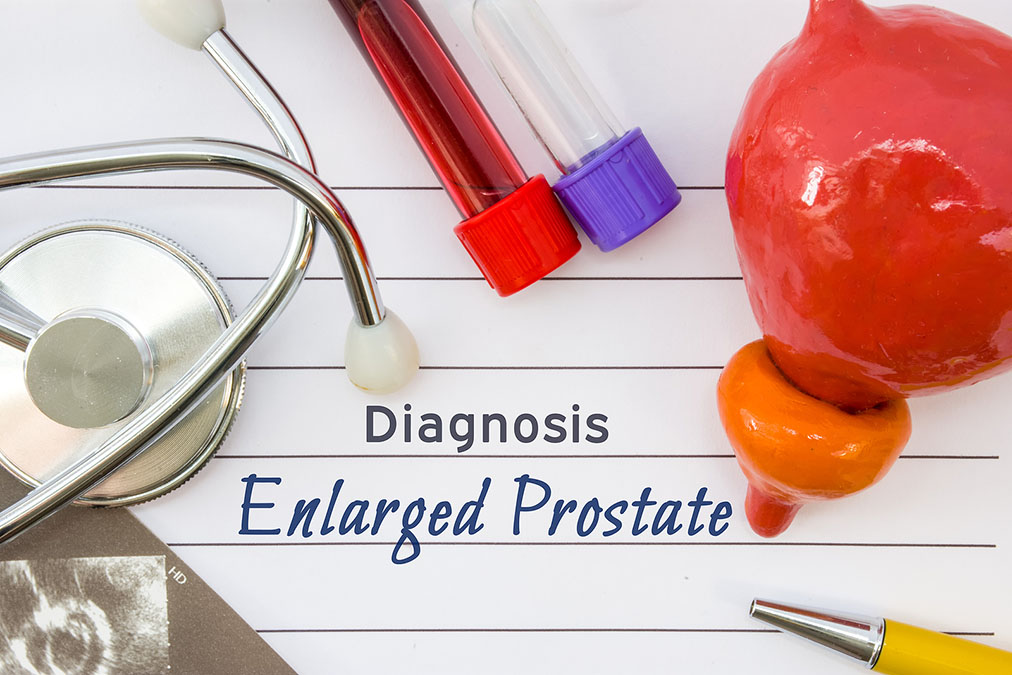 Enlarged prostate is often considered an unavoidable part of life for men, and its cause (other than old age) has been a mystery.
Enlarged prostate is often considered an unavoidable part of life for men, and its cause (other than old age) has been a mystery.
The problem is: how can you cure something if you don’t know its cause?
That’s why the results from a new study in African Journal of Urology are so important.
It reveals the real underlying cause of enlarged prostate, and with that, a simple cure.
The researchers wanted to find out whether inflammation was related to an enlarged prostate and the severity of urinary symptoms. They decided to study a particular inflammation marker called interleukin-8 (IL-8) in the blood, and its connection with the size of the prostate and the intensity of urinary symptoms.
They worked with 32 men, all diagnosed with an enlarged prostate, and categorized them based on the severity of their urinary symptoms.
To measure the severity of these symptoms, the researchers used a tool called the International Prostate Symptom Score. They measured IL-8 levels in the blood using a technique known as the enzyme-linked immunosorbent assay. For prostate size, they used transabdominal ultrasonography, a type of ultrasound.
Here’s a breakdown of what they found:
-
1. Men with severe urinary symptoms had larger prostates, averaging 38.19 cubic centimeters (cc), compared to those with mild symptoms, who had an average prostate size of 13.05 cc.
2. IL-8 levels in the blood were also higher in men with severe symptoms, averaging 21.65 pg/mL (picograms per milliliter), while those with milder symptoms had an average IL-8 level of 8.44 pg/mL.
3. While both prostate size and IL-8 levels increased with symptom severity, there wasn’t a direct link between IL-8 levels and prostate size.
4. There was, however, a direct link between prostate size and the severity of urinary symptoms, with the severity of urinary symptoms increasing along with an increase in prostate size.
Therefore, men with more severe urinary symptoms tend to have larger prostates and higher levels of the inflammation marker IL-8.
This means that managing inflammation could be a key part of reducing symptoms and improving your quality of life.

 Overcoming IBD
Overcoming IBD Multiple Sclerosis
Multiple Sclerosis Banishing Bronchitis
Banishing Bronchitis Gum Disease Gone
Gum Disease Gone Overcoming Onychomycosis
Overcoming Onychomycosis Neuropathy No More
Neuropathy No More The Prostate Protocol
The Prostate Protocol Brain Booster
Brain Booster
 Ironbound
Ironbound
 Solution for Shingles
Solution for Shingles
 The Bone Density Solution
The Bone Density Solution
 The Ultimate Healing Protocol
The Ultimate Healing Protocol
 The Parkinson's Protocol
The Parkinson's Protocol
 The Chronic Kidney Disease Solution
The Chronic Kidney Disease Solution
 Overthrowing Anxiety
Overthrowing Anxiety The Fatty Liver Solution
The Fatty Liver Solution The Hypothyroidism Solution
The Hypothyroidism Solution
 The End of Gout
The End of Gout The Blood Pressure Program
The Blood Pressure Program
 The Oxigized Cholesterol Strategy
The Oxigized Cholesterol Strategy
 Stop Snoring And Sleep Apnea Program
Stop Snoring And Sleep Apnea Program
 The Arthritis Strategy
The Arthritis Strategy The Vertigo & Dizziness Program
The Vertigo & Dizziness Program The 3-Step Diabetes Strategy
The 3-Step Diabetes Strategy Hemorrhoids Healing Protocol
Hemorrhoids Healing Protocol The Erectile Dysfunction Master
The Erectile Dysfunction Master Weight Loss Breeze
Weight Loss Breeze The IBS Program
The IBS Program The Insomnia Program
The Insomnia Program The Migraine and Headache Program
The Migraine and Headache Program The Neck Pain Solution
The Neck Pain Solution The Menopause Solution
The Menopause Solution The Ejaculation Master
The Ejaculation Master The TMJ Solution
The TMJ Solution The Acid Reflux Solution
The Acid Reflux Solution The Fibromyalgia Solution
The Fibromyalgia Solution The Psoriasis Strategy
The Psoriasis Strategy